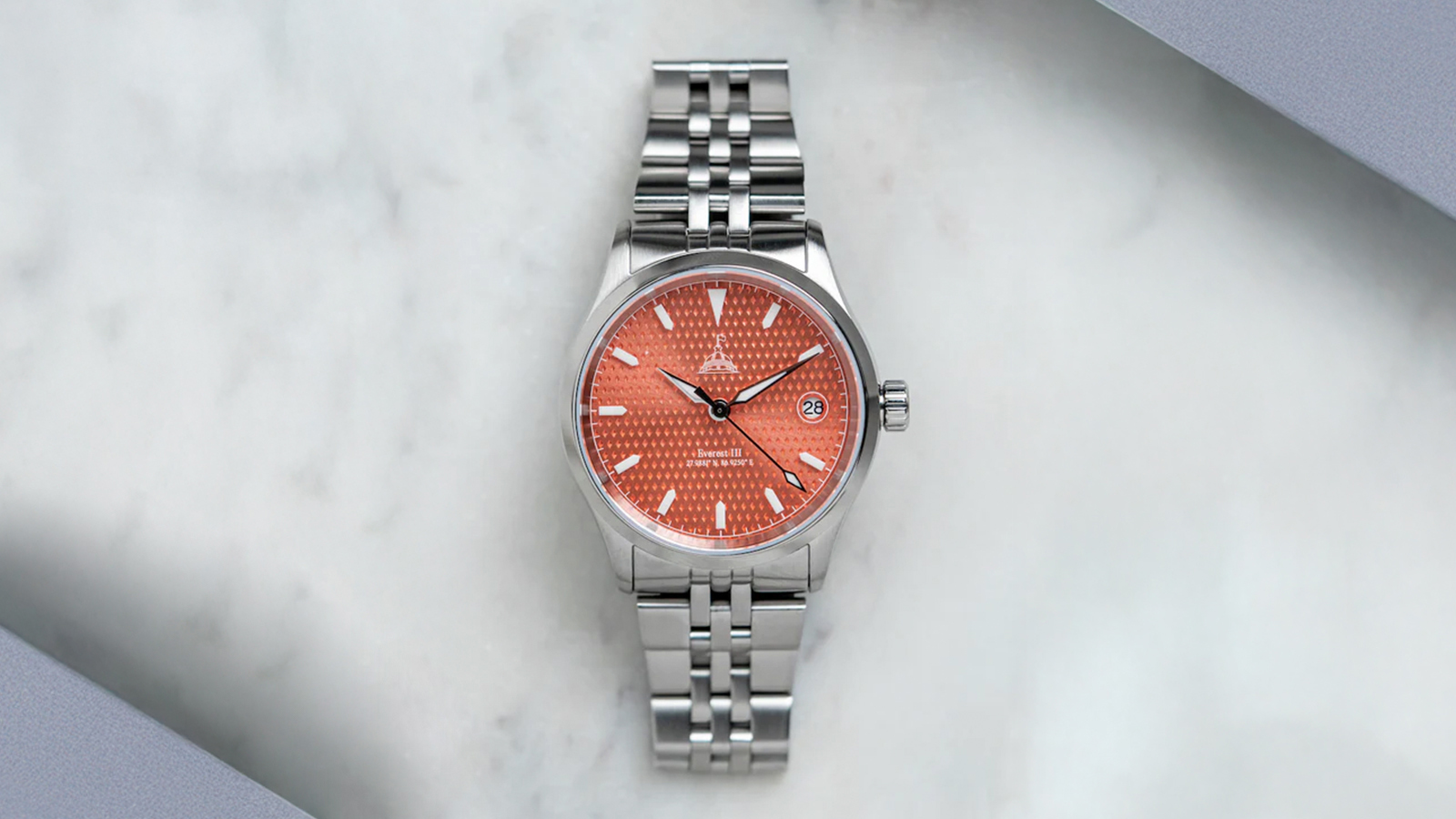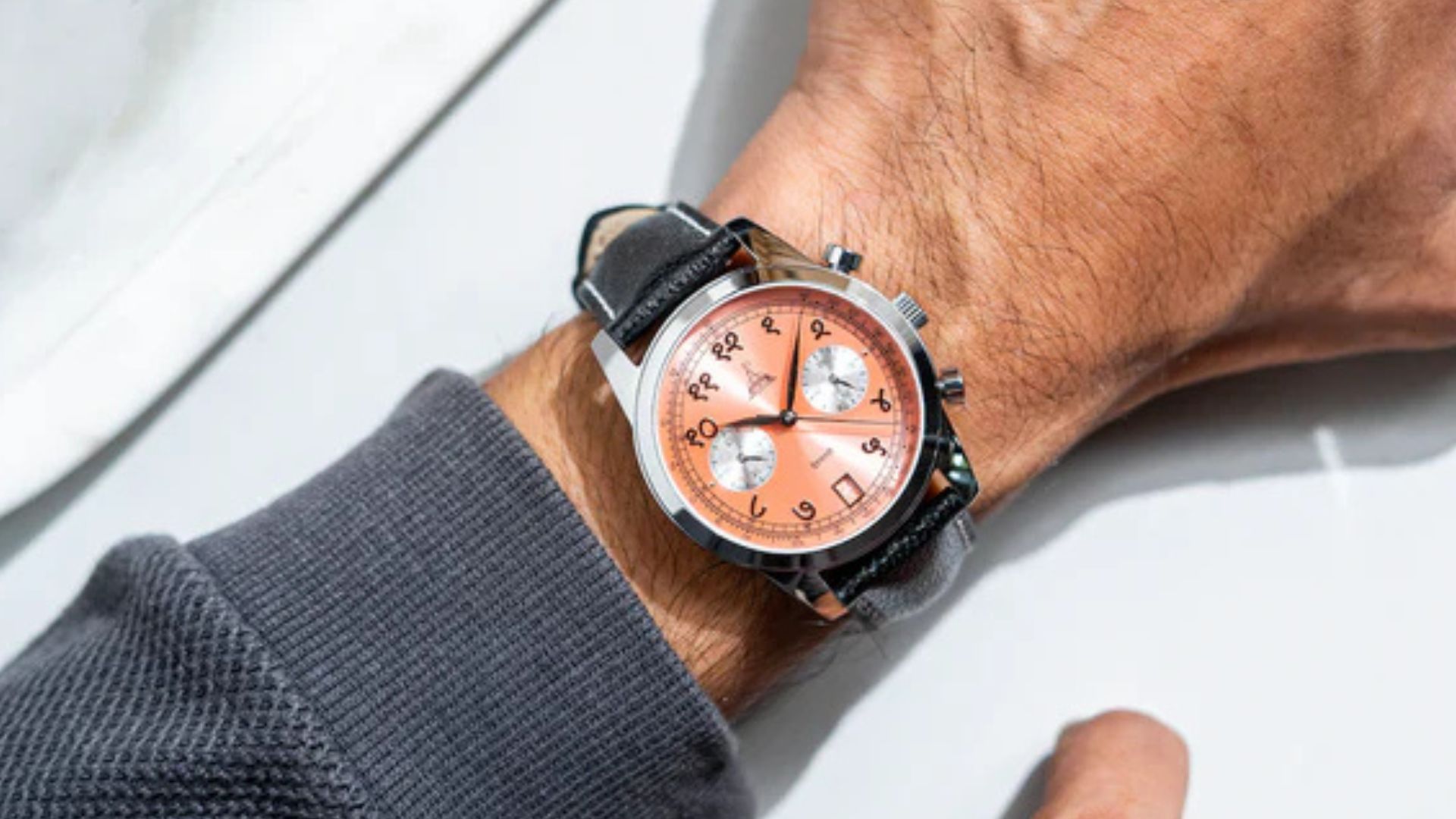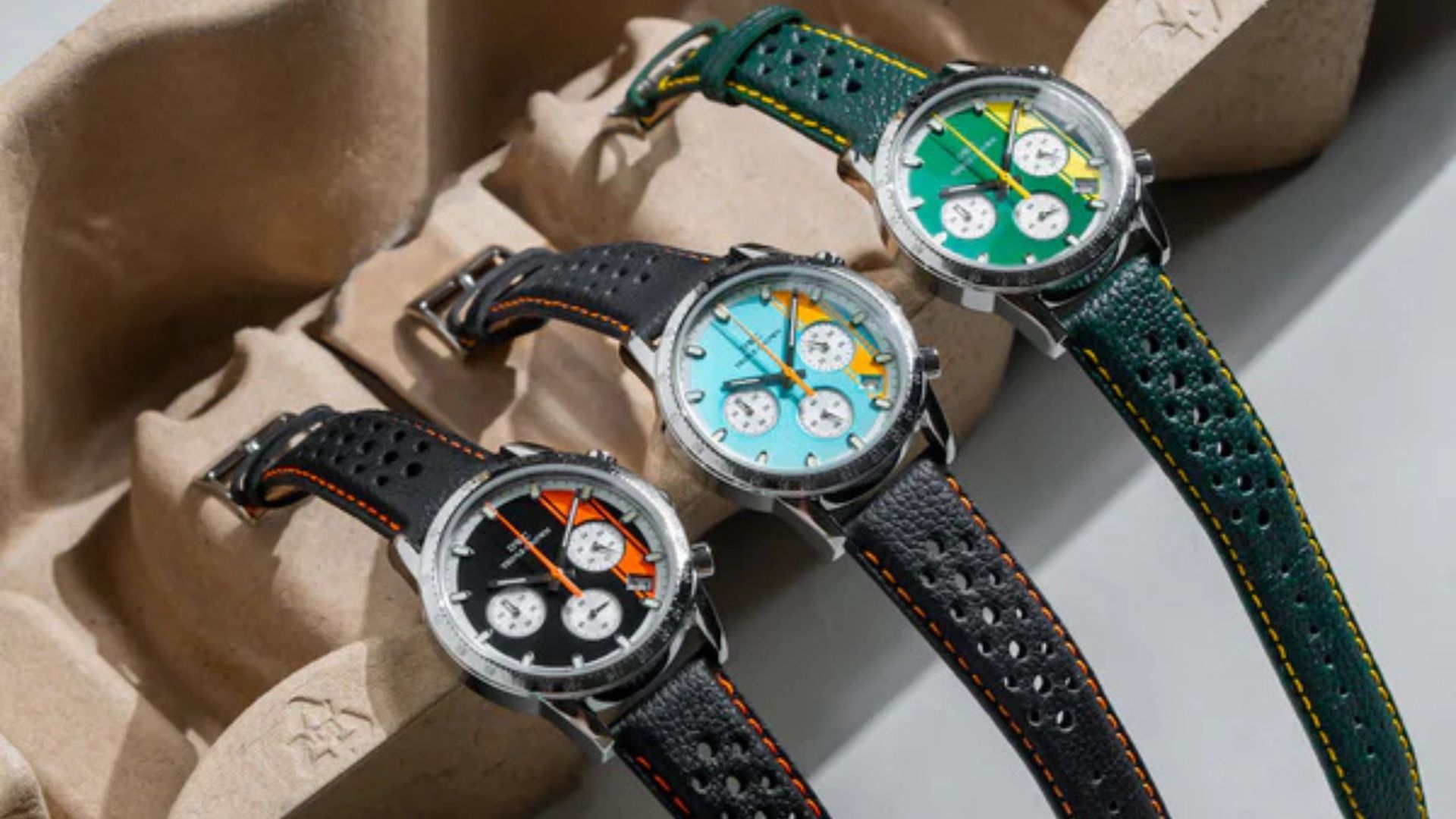Annual vs. Perpetual Calendars in Luxury Watches: A Detailed Comparison


When it comes to luxury watches, precision and sophistication are paramount. One of the defining features that often sets them apart is the inclusion of calendar complications. Among these, annual and perpetual calendars stand out, each offering distinct functionalities and levels of complexity.
Annual Calendars: A Smart Solution
Annual calendars offer a practical balance between precision and affordability. They automatically adjust for months with varying numbers of days (30, 31) and leap years, ensuring accurate timekeeping throughout the year. The only manual adjustment required is on February 29th of a leap year. This makes them ideal for those who value convenience and don't need the added complexity of a perpetual calendar. Additionally, annual calendars are generally more affordable than perpetual calendars, making them a great option for those on a budget.
The Creation of Annual Calendars in Luxury Watches

The creation of an annual calendar in a luxury watch involves a complex interplay of mechanical engineering, horological design, and meticulous craftsmanship. Here's a breakdown of the key steps involved:
Design and Development:
Conceptualisation: The design process begins with conceptualising the desired features and aesthetics of the watch. This includes determining the overall style, dial layout, and placement of the calendar complications.
Movement Development: Horological engineers design a specialised movement that incorporates the necessary components for an annual calendar. This typically involves a series of gears and modules that track the lunar cycle to determine the number of days in each month.
Manufacturing of Components:
Precision Machining: The individual components of the annual calendar movement are manufactured using highly precise machining techniques. This ensures that the parts fit together perfectly and operate smoothly.
Finishing and Decoration: The components are then finished and decorated to meet the high standards of luxury watches. This may include polishing, engraving, or other aesthetic treatments.
Assembly of the Movement:
Careful Assembly: The individual components of the annual calendar movement are assembled with great care and precision. This involves aligning the gears, setting the springs, and ensuring that the mechanism functions correctly.
Testing and Adjustment: The assembled movement is thoroughly tested to ensure its accuracy and reliability. Any necessary adjustments or fine-tuning are made at this stage.
Integration into the Watch Case:

Case Selection: A suitable watch case is selected based on the design and size of the annual calendar movement. The case must be able to accommodate the movement and provide adequate protection.
Integration: The assembled movement is carefully placed into the watch case and secured in place. The dial, hands, and other components are then added to complete the watch.
Quality Control and Testing:
Rigorous Testing: The finished watch undergoes rigorous testing to ensure its accuracy, durability, and overall quality. This may involve testing the watch's resistance to shock, temperature, and magnetic fields.
Finishing Touches:
Final Adjustments: Final adjustments or refinements are made to the watch, such as checking if the hands are aligned correctly and if the calendar functions properly.
Packaging and Presentation: The finished watch is packaged in a luxurious presentation box and prepared for sale.
The creation of an annual calendar watch is a complex and time-consuming process that requires a high level of expertise. The attention to detail and the precision involved in each step ensure that the final product is a masterpiece of horological engineering.
Perpetual Calendars: The Pinnacle of Timekeeping

Perpetual calendars offer the ultimate in watchmaking precision and convenience. These sophisticated timepieces automatically adjust for months with varying days, leap years, and even century leap years. This means you'll never need to manually set the date, ensuring accurate timekeeping for centuries to come. Perpetual calendars are ideal for collectors and enthusiasts who appreciate the highest level of horological craftsmanship as well as for individuals who value convenience and accuracy in their timepieces.
Crafting a Perpetual Calendar: A Masterpiece of Horology
The creation of a perpetual calendar watch is a testament to the intricate art and science of horology. This complex timepiece, capable of accurately tracking the date for centuries without manual adjustment, requires a meticulous process involving design, engineering, manufacturing, and rigorous testing.
The Blueprint:
The journey begins with a vision. Designers meticulously conceptualise the watch's aesthetics, from its overall style and dial layout to the placement of the intricate calendar complications. This blueprint guides the subsequent stages of development.
The Components:
Each component of the perpetual calendar is crafted with precision. High-tech machining techniques ensure that the parts fit together seamlessly, while meticulous finishing and decoration elevate the watch's aesthetic appeal.
Assembly and Testing:
The assembly of a perpetual calendar is a delicate process that requires skilled hands and a keen eye. Gears are aligned, springs are set, and the mechanism is meticulously tested to ensure accuracy and reliability.
Integration and Finishing:

The assembled movement is then integrated into a carefully selected watch case. The dial, hands, and other components are added to complete the timepiece. Rigorous quality control testing ensures that the watch meets the highest durability and performance standards.
The Final Touches:
The watch's journey culminates in the final touches. Adjustments are made to achieve precise alignment and optimal functionality. The timepiece is packaged in a luxurious presentation box, ready to be admired and worn.
The creation of a perpetual calendar watch is a testament to the dedication and skill of horologists as well. It's a masterpiece of engineering and craftsmanship, a timepiece that not only tells time but also stands as a testament to human ingenuity.
The Technical Differences
The primary difference between annual and perpetual calendars lies in their internal mechanisms. Annual calendars typically employ a module that tracks the lunar cycle to determine the number of days in a month. On the other hand, perpetual calendars incorporate a more complex system that includes a century wheel to accurately calculate century leap years.
Choosing the Right Calendar for You
The decision often comes down to personal preference and budget. Annual calendars offer a great balance of functionality and affordability, while perpetual calendars represent the pinnacle of watchmaking sophistication.
Annual Calendar: A practical choice for those seeking precision and convenience.
Perpetual Calendar: A statement piece for collectors and enthusiasts who appreciate the highest level of horological craftsmanship.
Both annual and perpetual calendars are impressive complications that elevate the functionality and desirability of luxury watches. Whether you're drawn to the practicality of an annual calendar or the prestige of a perpetual calendar, these timepieces embody the ingenuity and precision of watchmaking.
Image Credits: IWC












.jpg)






